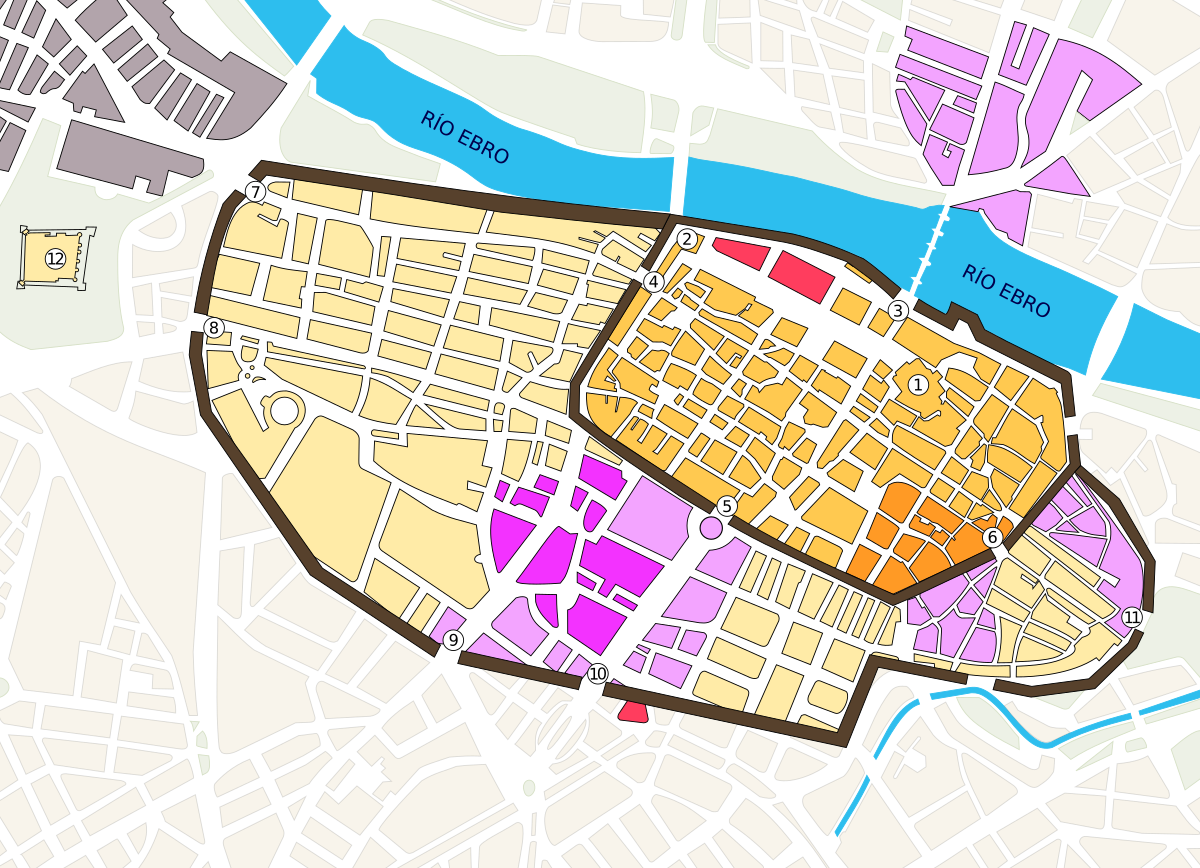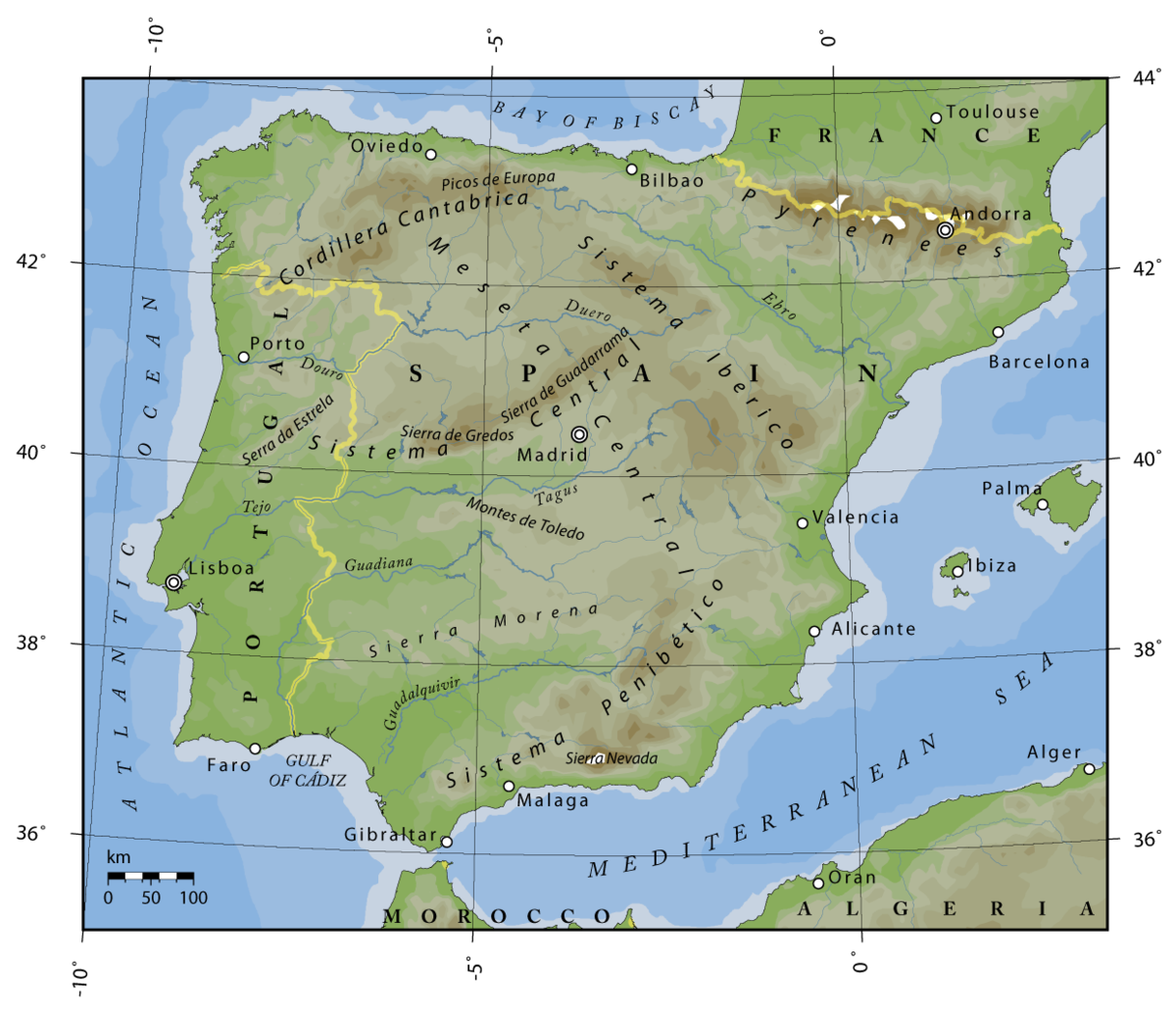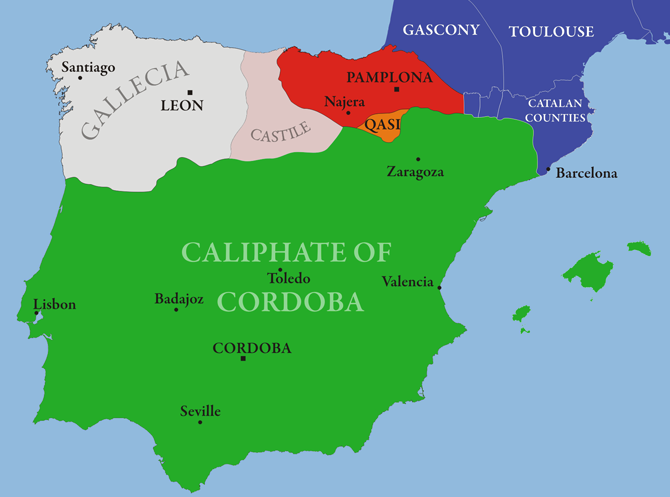http://home.earthlink.net/~lilinah/Cost ... stume.html <- original
(copied here for archival purpose)
Clothing in al-Maghrib (the Muslim West)
in the Medieval and Renaissance Periods
CULTURAL NOTES
The term Berber derives from the Greek (barbáros) and Latin (barbarus) indicating an uncivilized person, a barbarian, and is rather insulting. The people's own name for the overarching ethno-cultural group is Amazight. I will use Berber because it is more commonly understood, but will occasionally interject Amazight.
Unfortunately the authors of much research speak of "Arabs"," Berbers", "Spanish", etc. as if they mean all people of these ethnic or cultural groups, then they mention women as if they are some separate group. I can only assume that in many cases where sweeping statements are made the authors actually just mean "men", but it is frankly quite unclear. I will insert [men?] where it is unclear to me whether the original authors mean all members of the group referenced or just the men.
TRANSLITERATION NOTES
I am unable to include all the usual diacritical marks of transliterated Arabic due to the limitations of HTML. Some vowels should should have macron, some consonants should have lines or dots under them, and there are two different kinds of "apostrophes" before or after vowels indicating specific Arabic sounds. If you would like to know about specific words: Send e-mail to Anahita
PRONUNCIATION NOTES
"r" is flapped or rolled like the Spanish or Italian "r"
"gh" sounds rather like the German or French "r"
"kh" is rather like the Scottish or German "ch"
SOURCE NOTE
The information in this article has been taken largely from the article "Libas" in the Encyclopedia of Islam, 1986, pp. 742-746. I have re-written this to avoid copyright issues. And i have also written additional stuff.
Maghribi Costume in Islamic early and high Middle Ages
Maghribi Clothing in Islamic early and high Middle Ages
The invading Islamic Arabs considered the Maghrib to be a colonial territory. To them, there was little or nothing worthy of respect in the North African or Spanish cultures. Therefore, the Arabs did not adopt anything from the local costume during the first couple centuries of their rule.
A child's tunic found in Tunisia dating to this period is similar to an Egyptian child's tunic of the same time period. The 10th century geographer al-Mukaddasi observd that Maghribis dressed like the Egyptians. Certain distinctively Maghribi items include the kisa' (mentioned in the previous section), the kurziyya (from the Berber takerzit) -- a simple winding cloth for the head, still worn today, and akrak (sing. kurk) -- cork soled sandals.
Early Umayyad emirs in Spain tried to maintain the culture of their native Syria, so it is likely that the elite classes emulated the styles of the Damascus caliphate. This outside influence expanded when the Iraqi singer Ziryab arrived at the court of Córdoba in 822. He became the arbiter of taste and fashion, suggesting the cut, color, and fabric of clothing and what was to be worn in which season. He established the djubba, a tunic with narrow sleeves, as the standard robe to be worn by both sexes.
The turban, however, was never firmly established in Spain. Red or green wool caps -- ghifara -- or bare heads were commonplace among the Spanish [men] of all classes. For example, men on Umayyad Spanish carved ivories generally appear bareheaded. Whether this indicates the difficulty of showing details on such a small scale or that most men went bareheaded is uncertain. The kalansuwa (some kind of close-fitting cap -- could also be some kind of cowl) and the taylassan (some kind of hat -- originally a Khaybari Jewish hat) came into fashion after the arrival of Ziryad.
Over time there was a mingling of styles between the Spanish Christians and Muslims. The Spanish peasant's tunic -- sayo, from the Latin sagum -- was commonly worn in the country side and called in Arabic shaya. Soldiers wore a scarlet cape -- kaba', derived from Spanish capo or capa -- similar to that worn in the Christian north. By the 13th century "an Easterner in the turban and robes of the Levant was regarded as a curiosity".
While women in Spain are mentioned in poetry as wearing various veils, such as the khimar, burku' (a harness suspending a lower face covering from the forehead), mikna'a, and izar, it is also apparent that they were often not very strict about it. That women of all classes went about in public unveiled is also mentioned in poetry. Jurists frequently complain that women are unveiled in the presence of men other than an immediate male relative. Women in mourning would also frequently unveil their faces. This may have been due to the influence of the non-Muslim population, the Berbers, or both.



 por
por 



